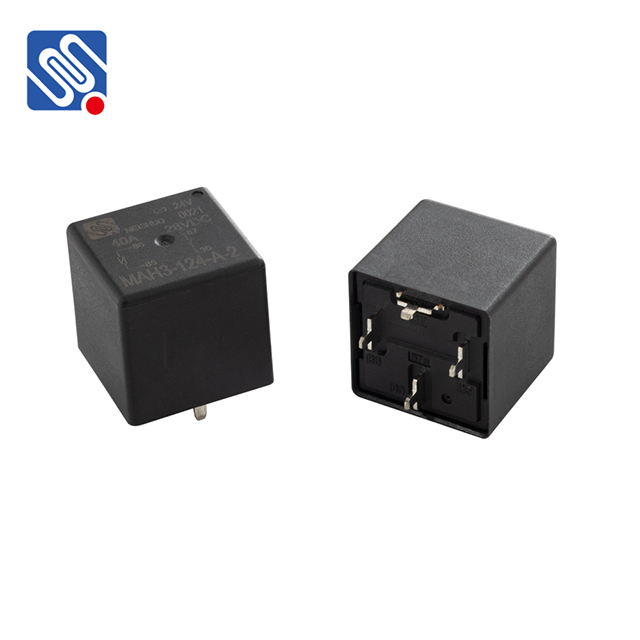Relay assembly is a crucial process in various industries, especially in automotive, industrial automation, telecommunications, and electronics. Relays are essential components that serve as electrical switches, allowing circuits to control the flow of electricity with ease. Whether in simple electronic devices or complex machinery, understanding the techniques used in relay assembly is vital to ensure the functionality, reliability, and longevity of the system. This article explores the key techniques involved in relay assembly, from component selection to testing, and the best practices to ensure high-quality results.

1. Component Selection The first step in relay assembly is selecting the appropriate relay for the application. Relays come in a wide range of types, such as electromagnetic, solid-state, thermal, and reed relays, each with unique characteristics suited to specific tasks. The primary factors in choosing a relay include load voltage, current rating, switching speed, and the type of load being controlled (AC or DC). For instance, automotive relays typically handle high current loads and need to be durable enough to withstand extreme temperature variations, while low-power relays may be chosen for sensitive electronic devices.